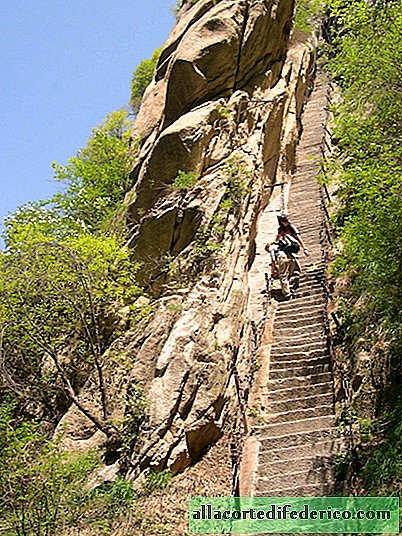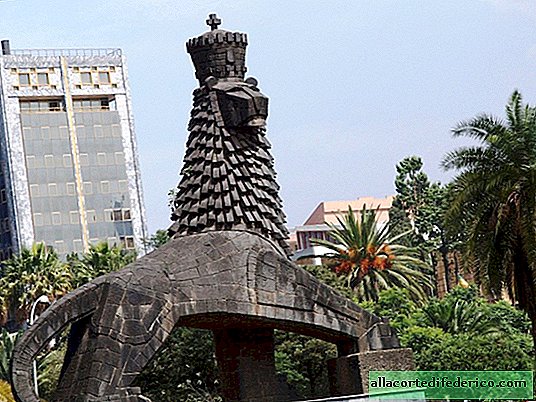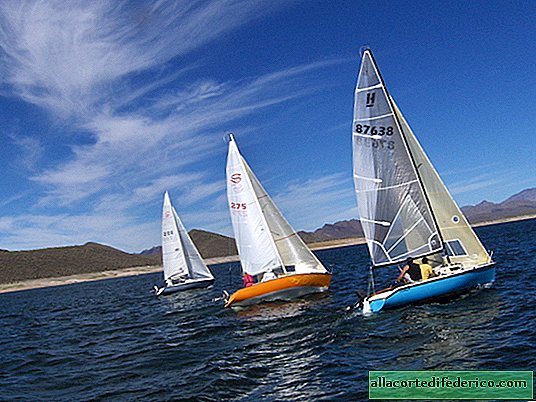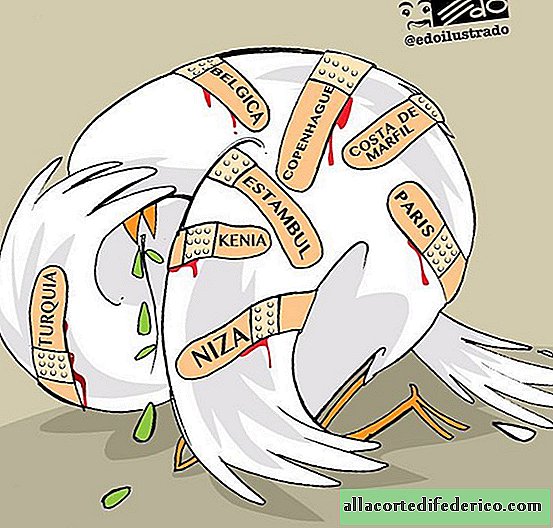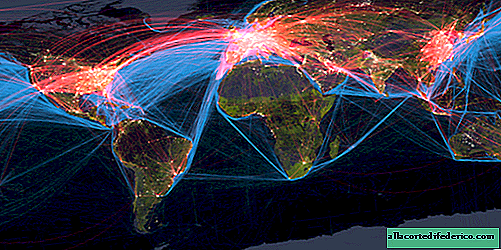Karakurt, Nile fever and other consequences of global warming in Russia
Some experts are drawing bright prospects for Russia related to climate change. One can come across forecasts of rice cultivation in the south of Siberia, about orchards with citrus fruits in the Moscow Region, about the settlement and development of vast swampy areas of the taiga, which will turn into a zone of deciduous forests with oaks and lindens.
All these changes will begin in the foreseeable future, as optimists assure us, not noticing that the future has already arrived. And what we observe today in Russia as a result of global warming and changes, it would seem, for the better, does not inspire optimism.
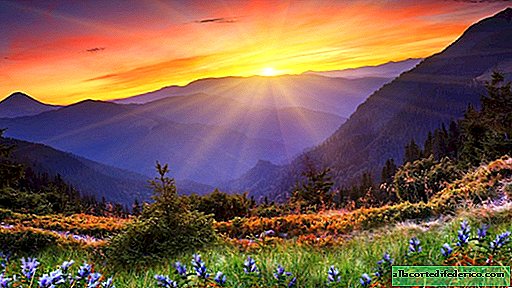
Much has been said about the thawing of permafrost, a decrease in river flow and a drop in the level of the Caspian Sea, as well as an increase in average annual air temperature. I would like to dwell on how the animal and plant world reacts to ongoing changes.
First of all, scientists are worried about the northward penetration of animal species that used to live much further south. In connection with climate change in Russia, favorable conditions for the life of southerners are being formed. Mild winters, as well as an increase in the length of the frost-free period in the warm season, contribute to the appearance on the territory of Russia of species that are not characteristic of our fauna. Scientists have yet to evaluate all the changes, and it will take more than a decade. But here are some facts that indicate that we are no longer living in the world that we were 50 or even 30 years ago.
Meetings of residents of Siberia and the Urals with tarantulas — typically southern representatives of the fauna — have become more frequent. In the Chelyabinsk region, cases of the appearance of South Russian tarantulas are regularly recorded. And species of arachnids, characteristic of the territory of China, migrate to Buryatia. These are tarantulas of the species Allohogna sinensis, which are increasingly populating the republic. More and more steppe tarantulas come across in the territory of the Krasnoyarsk Territory. And in the Altai Territory, in addition to the presence of tarantulas, the local population increasingly reports on meetings with karakurt. If in the steppe regions of the region these large arachnids, whose poison is usually fatal for humans, have been observed before, in recent years they have penetrated farther north, and meetings with them are no longer rare in most of the region.

In the summer of 2010, the whole country was following the news from the Volga region, where there was an outbreak of an atypical disease for Russia - West Nile fever. In the area of the spread of the disease, mosquitoes were transmitted by the Volgograd and Rostov regions. Experts are sure that this became possible only in connection with global warming.

In addition to atypical representatives of fauna dangerous to humans, the emergence of new types of crop pests in the country is noted. Siberian farmers already record encounters with insects that used to live only in Kazakhstan and the Central Asian republics. In addition, milder winters contribute to the spread of insect pests that threaten the well-being of the country's forest fund.

Along with the appearance of animals harmful and dangerous to humans, a shift in the habitats of indigenous animal species is observed in Russia. For example, scientists from the Ural branch of the Russian Academy of Sciences report the discovery of norlies and peregrine falcon nests in the south of Yamal, species not typical of this area. Experts also record the expansion of the range of wolverines, ravens, white-tailed eagles and an increase in the number of these species. And on the territory of the Kemerovo region in the reserve "Kuznetsk Alatau" there is a decrease in the population of wild reindeer. According to experts, warming, the melting of snow caps in the mountains and a decrease in the amount of food play an important role in this. The diet of these deer consists mainly of reindeer moss, a type of moss that also suffers from an increase in average annual temperature.

The spread of some species, as a rule, means changes in the lives of others. After all, each species occupies a certain niche in the ecosystem and has its own place in the food chain. Spreading to the north, the same foxes most likely occupy someone's place, and some species are forced to migrate. Animals have different plasticity to changes in living conditions. In such a situation, species that are on the verge of extinction and endemic species that are adapted only to life in a particular area will be affected in the first place. Thus, we can say that the animal kingdom of Russia has already begun to respond to climate change.
 Map of natural zones of Russia
Map of natural zones of RussiaAs for the prospect of shifting natural zones to the north, here it is not so simple. Experts warn that moving the boundaries of ecosystems is not only the appearance of deciduous forests in the place of coniferous taiga, it is also the promotion of semi-deserts and arid steppes from the south to the territory of Russia. Although they are suitable for farming, they will require significant costs for irrigation and the fight against salinization. Thus, in qualitative terms, the country will not benefit from the coming warming.







